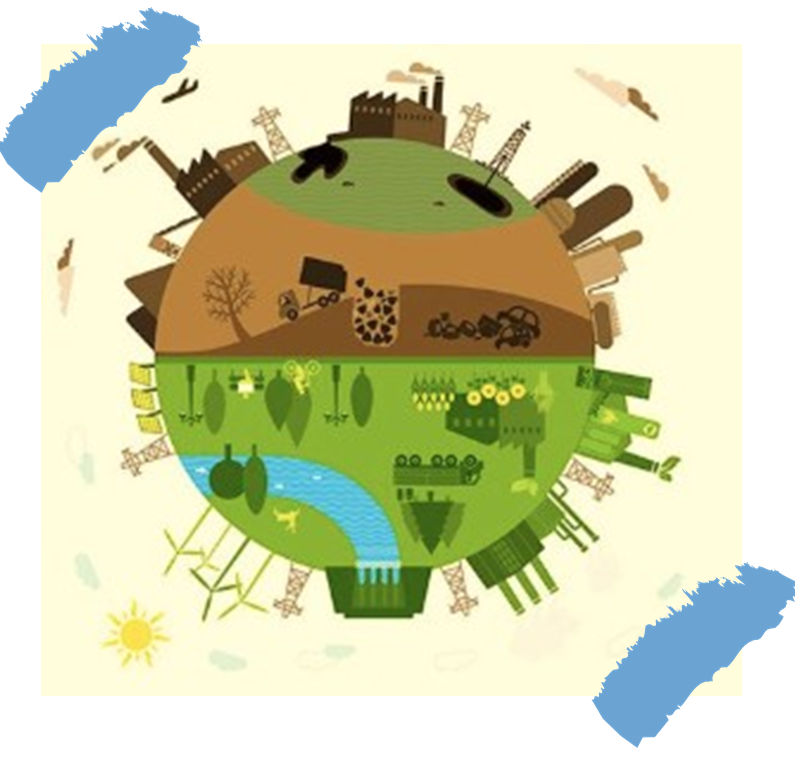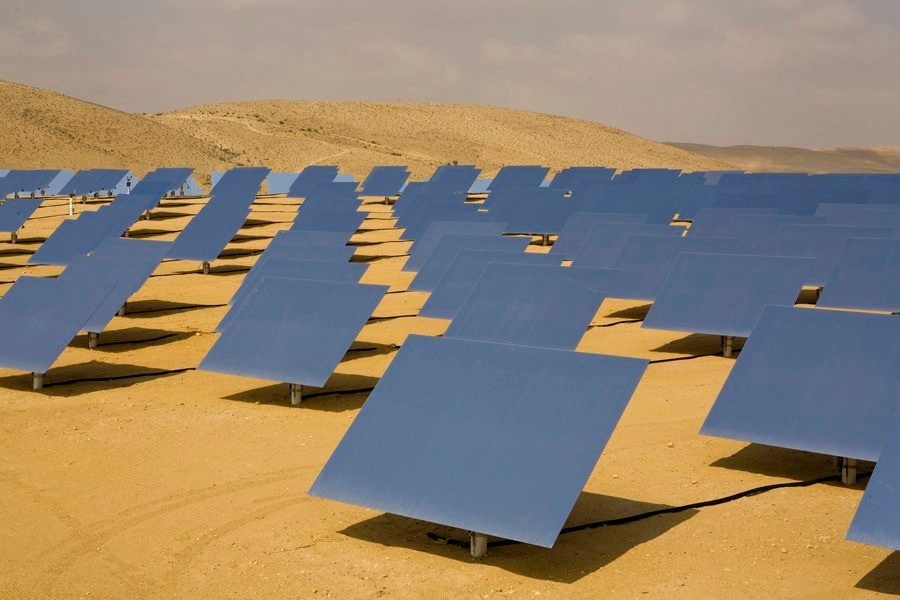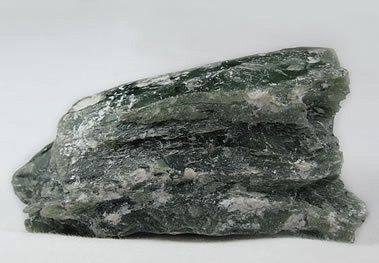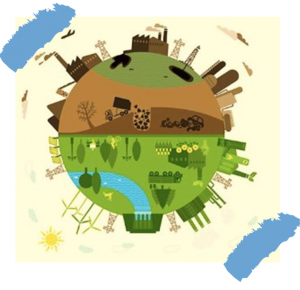By Kaylee Li
As a motivated and passionate individual, by 2030 I’d love to be helping our planet by becoming an aerospace engineer and maybe also a lecturer in a university beyond 2030. It has always been my dream to do something related to the undiscovered outer space and teaching; for the impact of both that can achieve for humanity’s future. Together, with my aerospace engineering skills, communication skills, strength in imaginative design and teaching skills, I could solve various problems of different sorts. From changing a young individual’s perspective towards STEM, to advocating more advanced space technologies and materials. People always say ‘this is the generation’… I do believe this is the generation for human’s imagination and dreams to be turned to reality gradually. However, we need to let this generation to know that “each one of us is born with a special talent, a unique dream or aspiration” as stated by Alyssa Carson, an 18 year old American girl who had a passion for the Red Planet, Mars.
Coming back to Australia as a 10 year old girl with my family was a turn for my perspective. In the country where I was born, they don’t necessarily know the language. However, I decided to take all the opportunities I could possibly find to gain the skill of this new language. Including joining various school extra-curricular activities, volunteering, joining youth clubs, churches, and trying my best in classes. Because I know, aside from the goal which I will gradually reach, the journey and obstacles which I come to face are the real successes when I break through. Hence, from that point in grade 5-6 primary school, I decided that no matter what I come across, I will never give up.

It was also primary school in Australia from grade 5-6 where my instinct in the interest of mathematics been opened. Before coming back to Australia, there was a feeling, but there was always something blocking it. Hence, I wanted to let everyone I could possibly tell, especially the young ones; never “block these dreams or give up” even if there is “fear or worry”, because “in the middle of difficulties lies opportunities.”
When I was little, even before coming to Australia, I loved science fiction and fantasy, especially those related to the undiscovered universe and spacecraft from the bottom of my heart, which was fantastic. I still do now. It has always been a dream to do something related to space, especially when I reached high school, Cherrybrook Technology High School, where I experienced the subject called STEM with a focus on aerodynamic in semester 1, year 10. I made a remote-control glider from scratch with my partner. It was extremely satisfying. From that journey, I can feel my passion in aerospace expanding.
By 2030, I believe I could become an aerospace engineer. My first step is to experience as many programs about STEM and space as possible. Including all the STEM electives I took at school, Australian Air Force Cadets which I joined recently, Girls Programming Network which was conducted by University of Sydney, UTS Engineering day, and many UNSW programs, such as Women in Symposium, Exploring STEM careers, etc. Incoming programs include the UNSW Engineering day, and the work experience in Science in November.
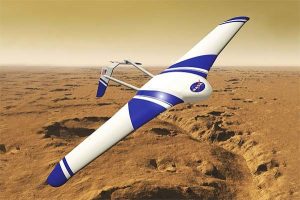
From all the experiences I’ve experienced and stories that I’ve heard, I will share and tell those who don’t yet know the beauty of STEM or any dreams that had been shut for reality. By doing this, the problem of people who don’t yet enjoy STEM would decrease, while more people could see how dreams should never be given up that easily and it is possible to transfer dreams to reality, simply by actions.
By becoming an aerospace engineer, I could join the team and help our planet’s rocketries to improve and explore deeper mysteries of planets, more understanding of Mars, and maybe explore other galaxies with humanities on board.

Now, I can see my exciting, vibrant, high space tech, STEM future with teams of passionate and motivated individuals of different cultures, perspectives, and most importantly, ideas. No matter where I will work in Australia, or across the world. In the approaching decades, space technologies for humankind will leap faster and jump farther. As our planet is becoming more multicultural and interconnected. Hence, we can be the best version of humanity.
“The only way to discover the limits of the possible is to go beyond them into the impossible.” With the support of one another, we humanity, together, we turn today’s dream into tomorrow’s reality. Because we will “be brave” and “fight for what we believe in and make our dreams our reality!”



